Bringing Back the Patterned Glory of the Endale Arch in Prospect Park
If you have passed by the Endale Arch in Prospect Park without even noticing it, the 19th century designers of the park would perhaps not be offended.

Photo by Susan De Vries
If you have passed by the Endale Arch in Prospect Park without even noticing it, the 19th century designers of the park would perhaps not be offended.
When work on the park kicked off in 1866, it included a flurry of building projects to enhance the creation of the picturesque landscape. The park and its features were designed by Frederick Law Olmsted and Calvert Vaux.
While the park was technically open for visitors in 1867, many of the earliest completed features were not ready for the public until 1868.
This included the Endale Arch, one of a series of pedestrian passageways planned, according to the designers in an 1871 report to the Brooklyn Park Commissioners, to be as “unobtrusive as they can well be made” and “with an honest expression of their purpose.” That is, they were designed to blend into the Olmsted and Vaux picturesque landscape, rather than be an architectural standout.
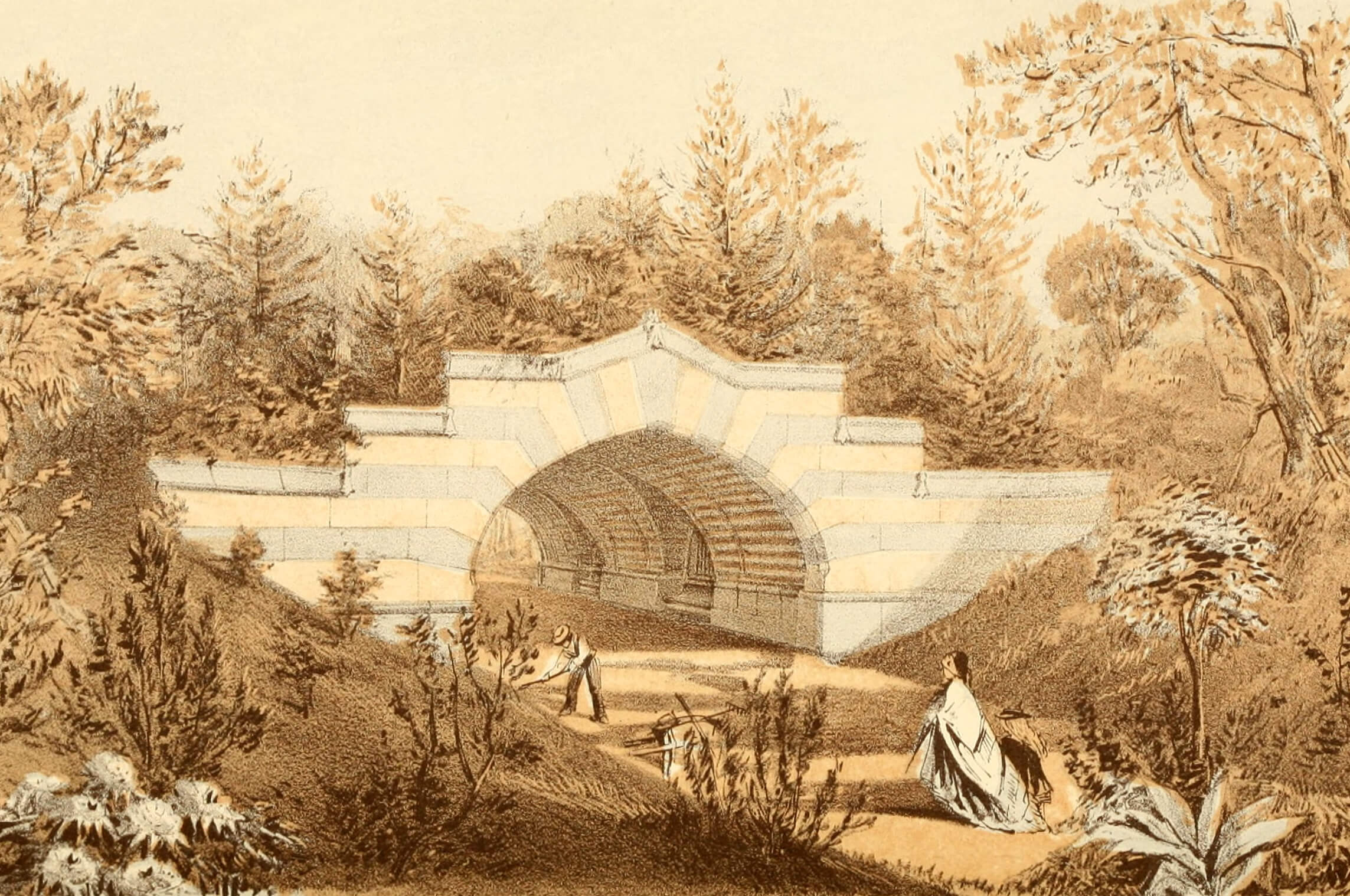
The purpose of the Endale, also known early on as Enterdale, was to provide a safe walkway for pedestrians to the Long Meadow. The name was quite literal. The park designers imagined pedestrians leaving the city behind as they entered the northern entrance to the park and wandered through a dim, peaceful passageway towards the bucolic dale that awaited them beyond. Carriages would rumble past above, out of the way of pedestrians and with passengers unaware of the tunnel beneath them.
Still, although the arch was intended to be a subtle note in the landscape, the designers, in this case Vaux along with assistant architect Edward C. Miller, no doubt had in mind the Endale Arch would shine a bit more brilliantly than it has for the last several decades.
In early lithographs and photographs, the original design has zing. On the exterior, alternating blocks of New Jersey brownstone and yellow Berea sandstone stripe the whimsically shaped structure. Its chief ornamental detail is a bouquet of three stone flowers at its peak. The interior continues the striped theme with strips of black walnut and white pine curving up to a vaulted ceiling. Along each side, two niches that once contained benches provided resting spots for weary park ramblers.
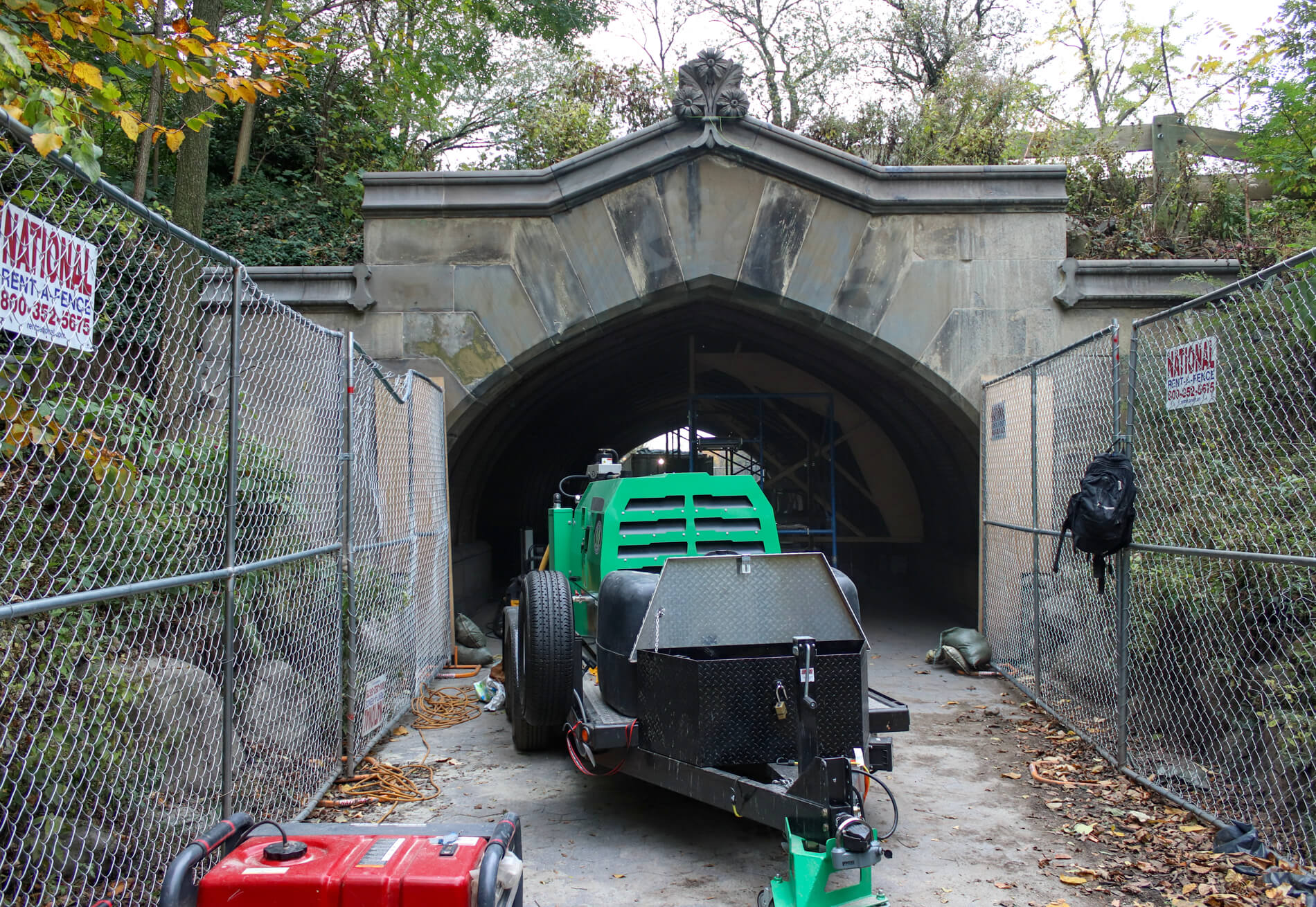
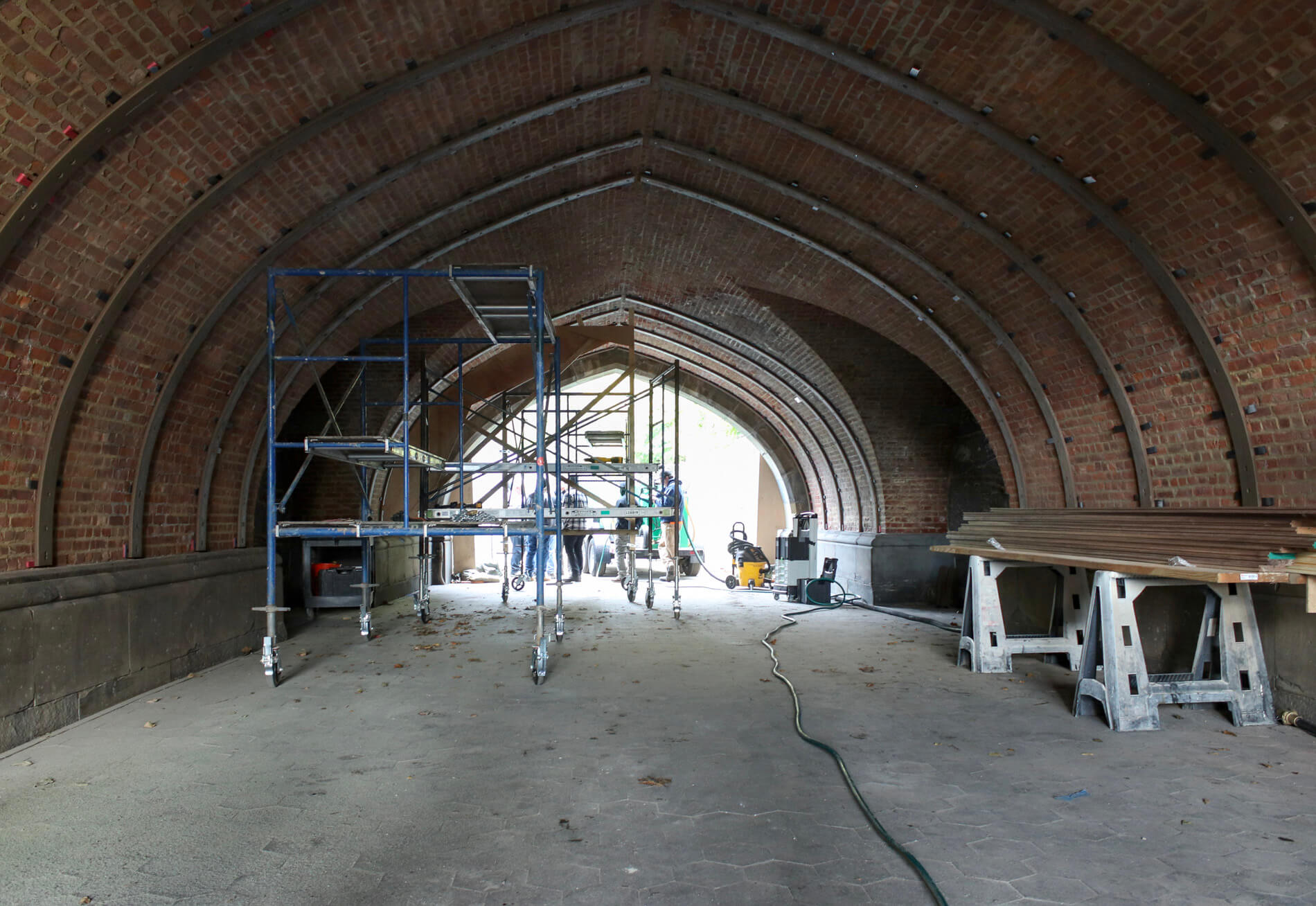
Years of graffiti and grime have taken their toll, making the original subtle artistry of the arch — described by the New York Times in 1869 as “a thing of beauty” — barely discernible.
Layers of anti-graffiti paint and dirt are now being removed as part of a restoration project, the first major project undertaken on the arch since its construction, according to the Prospect Park Alliance.
The project, funded with a grant from the Tiger Baron Foundation, kicked off in 2015 and so far has included restoring the retaining walls on either side of the arch, improving draining, replacing the paved path, and planting native shrubs and trees. This summer, the Prospect Park Alliance Design and Construction team and Barnhart Restoration began the most transformative part of the project, restoring the exterior and interior.
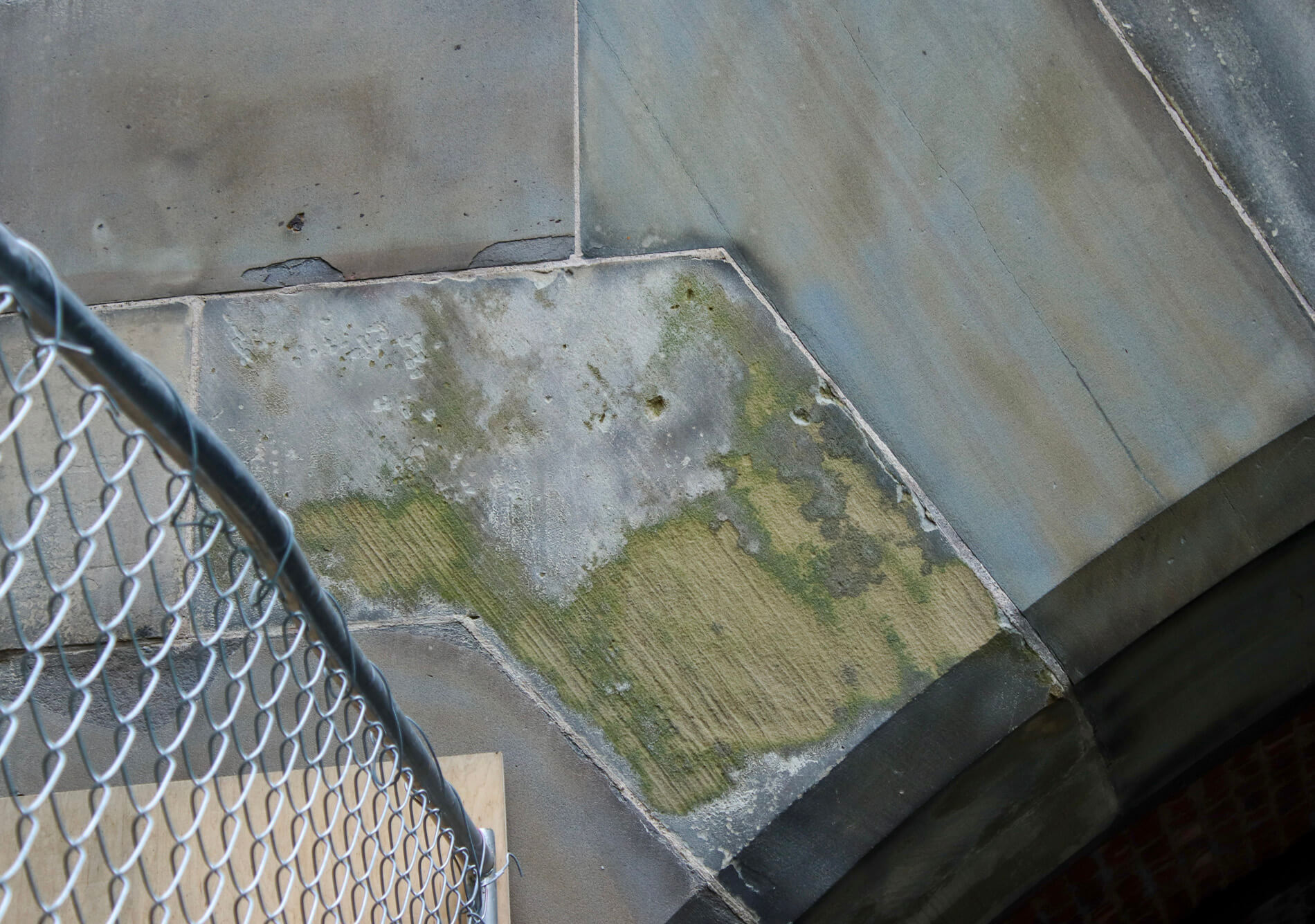
While research gave a hint to the original beauty of the materials, the team was unprepared for just how strikingly patterned the original design would appear. “Once the stone cleaning started, the colors started to pop and we were amazed at how pronounced the pattern was,” Prospect Park Alliance Assistant Architect Sarena Rabinowitz told Brownstoner during a recent visit to the site.
With just an initial gentle cleaning of the stone on one facade of the arch, the warm yellow of the sandstone, long dulled to a bland beige, has started to appear. While all the stones will need to be cleaned and some stabilized, none will need to be completely replaced during the restoration process.
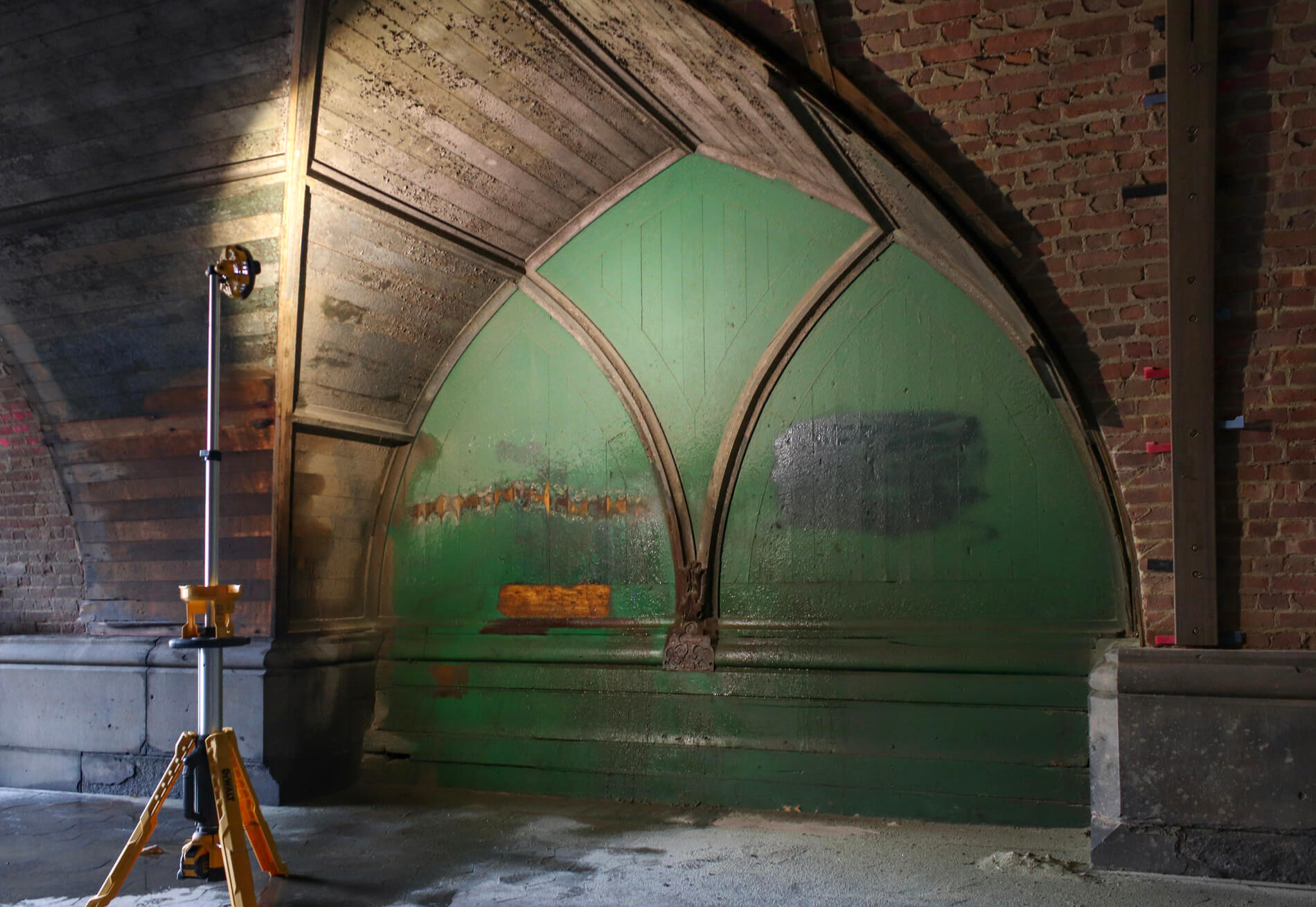
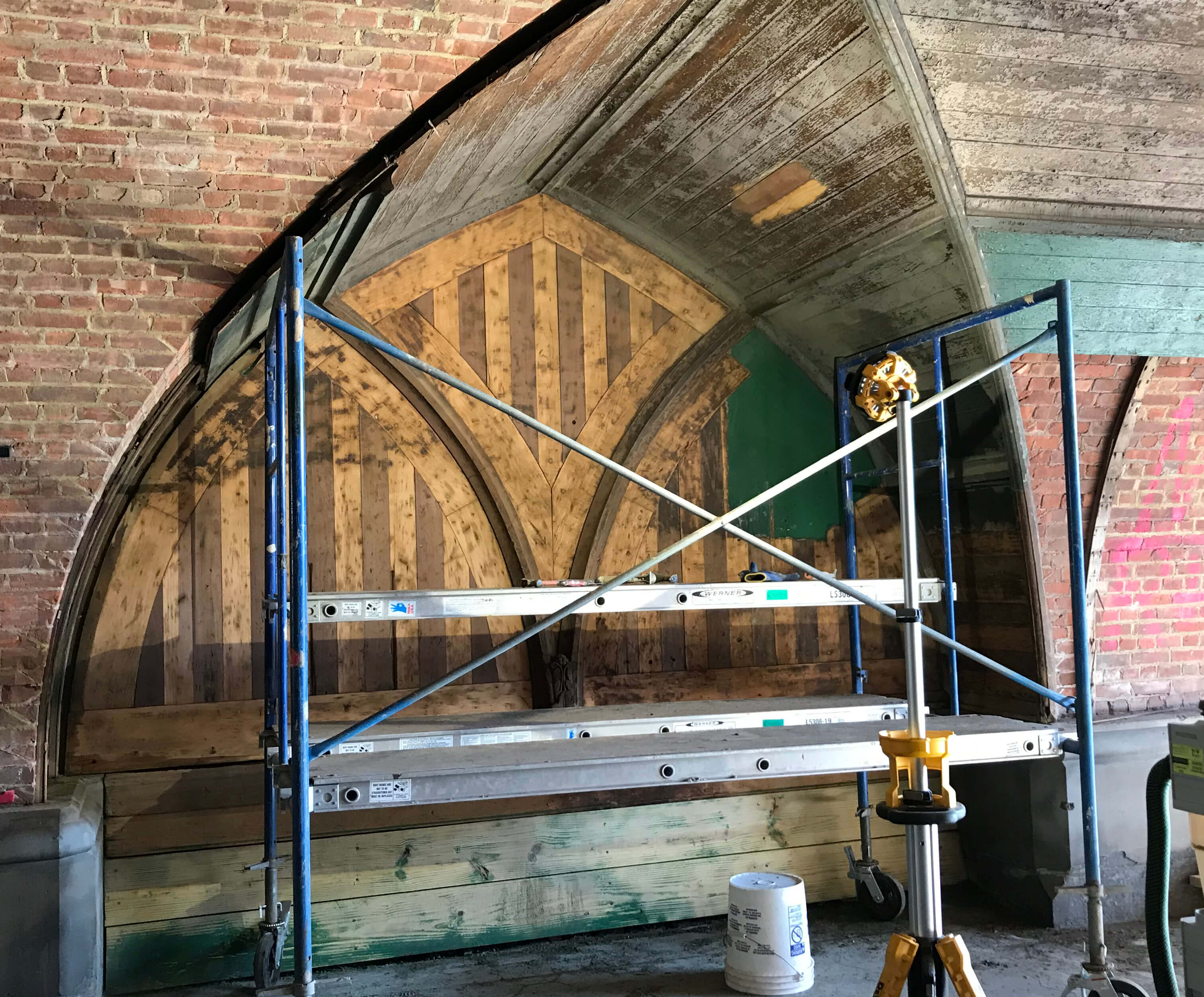
On the interior, while much of the wood had long vanished or seriously deteriorated, two of the seating niches managed to retain their original woodwork. The removal of the park green anti-graffiti paint, which began earlier this month, revealed the serious craftsmanship and beauty of the wood patterned interior. The original woodwork in those niches will be left intact while the rest of the interior will be lined with new black walnut and pine. To prevent any moisture from destroying the new material, a draining mat will be placed between the brick structure and the wood.
In the other two niches, none of the woodwork survived, leaving the original granite and brick structure exposed. To show off the attention to detail given to every surface in the 1860s, even those meant to be hidden from public view, the design team decided to leave these two niches as is rather than cover them with new wood.
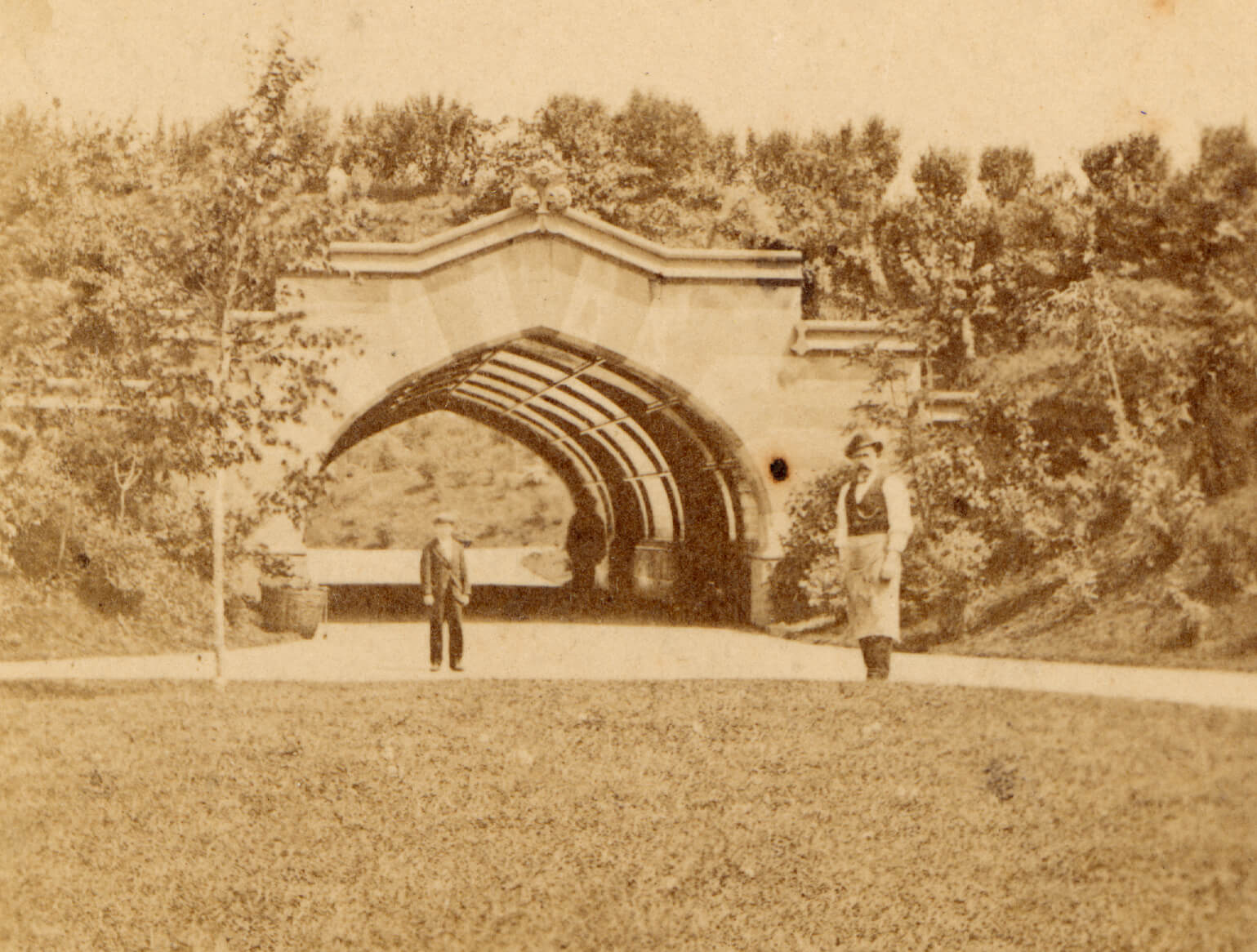
This phase of work won’t include the placement of reproduction benches into any of the niches. The Prospect Park Alliance team believes the benches were removed by the 1930s and, despite hunting, have not been able to uncover any concrete evidence of the design details. Existing photos show a dim interior and glimpses of what look like simple stone or wood benches, but that’s all that has been uncovered to date. If anyone has a snapshot lurking in a family album showing a bench in more detail, the team would love to get a look.
Park visitors should be able to check out the completed restoration of the Endale Arch for themselves in the spring of 2020.
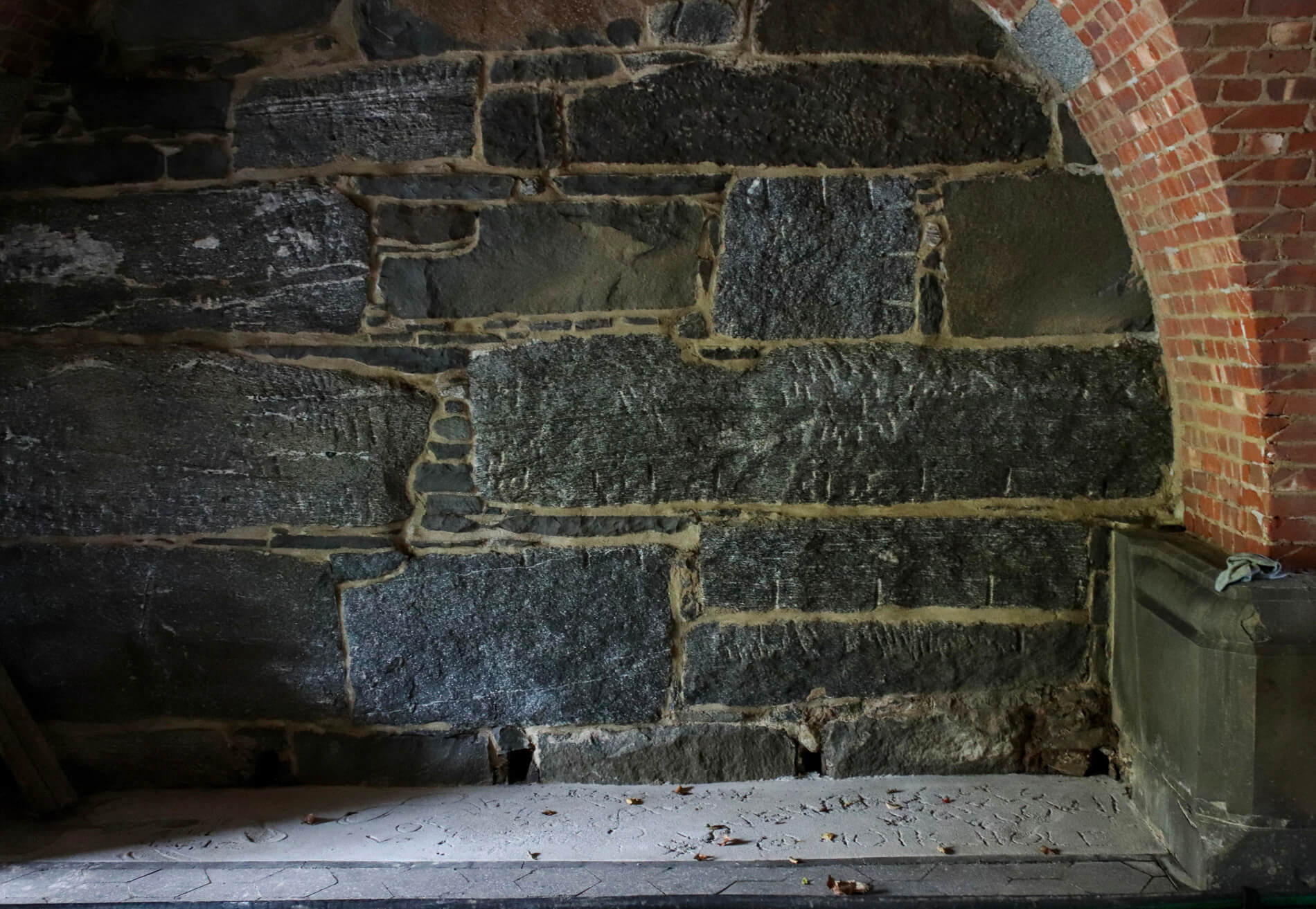
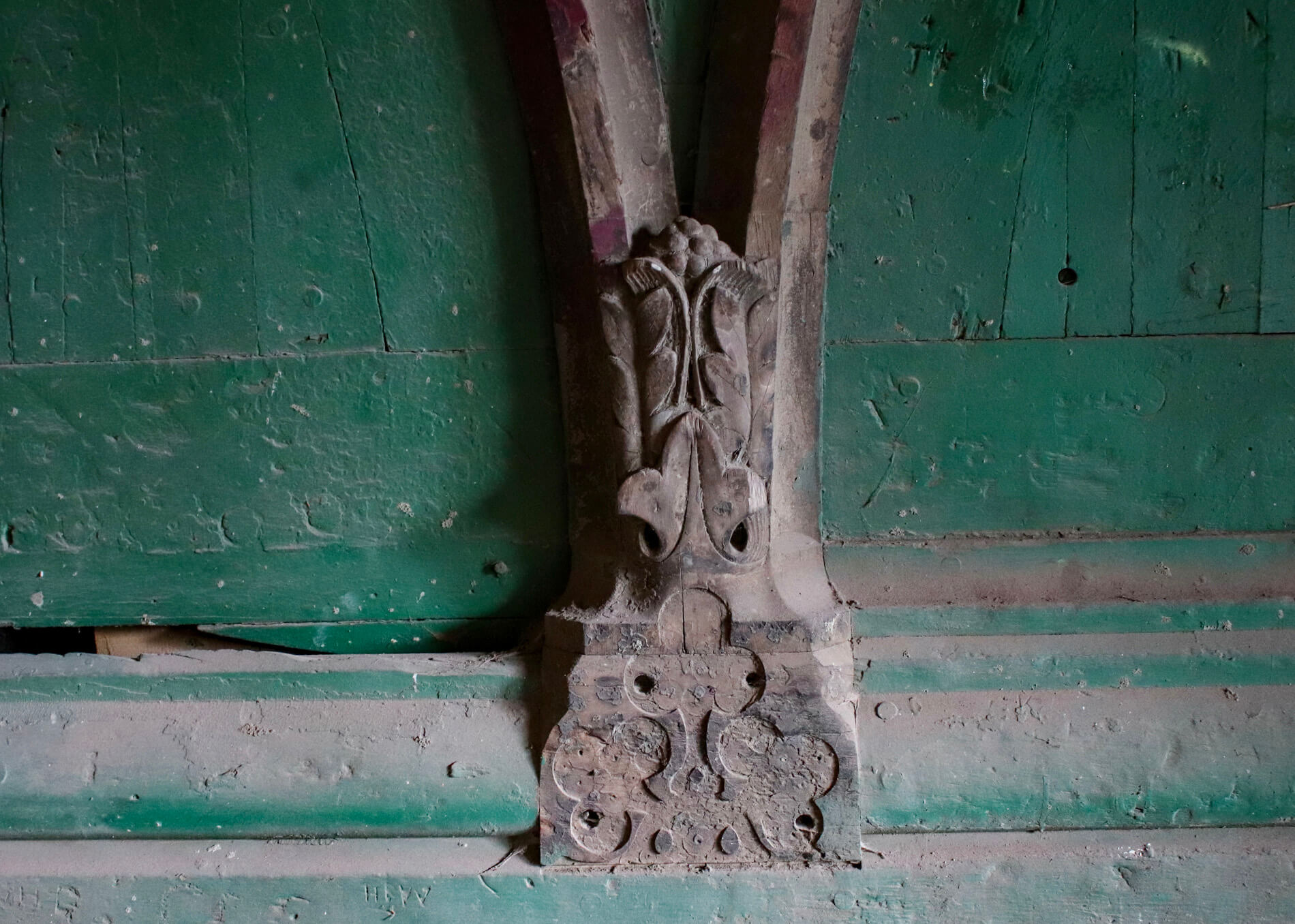
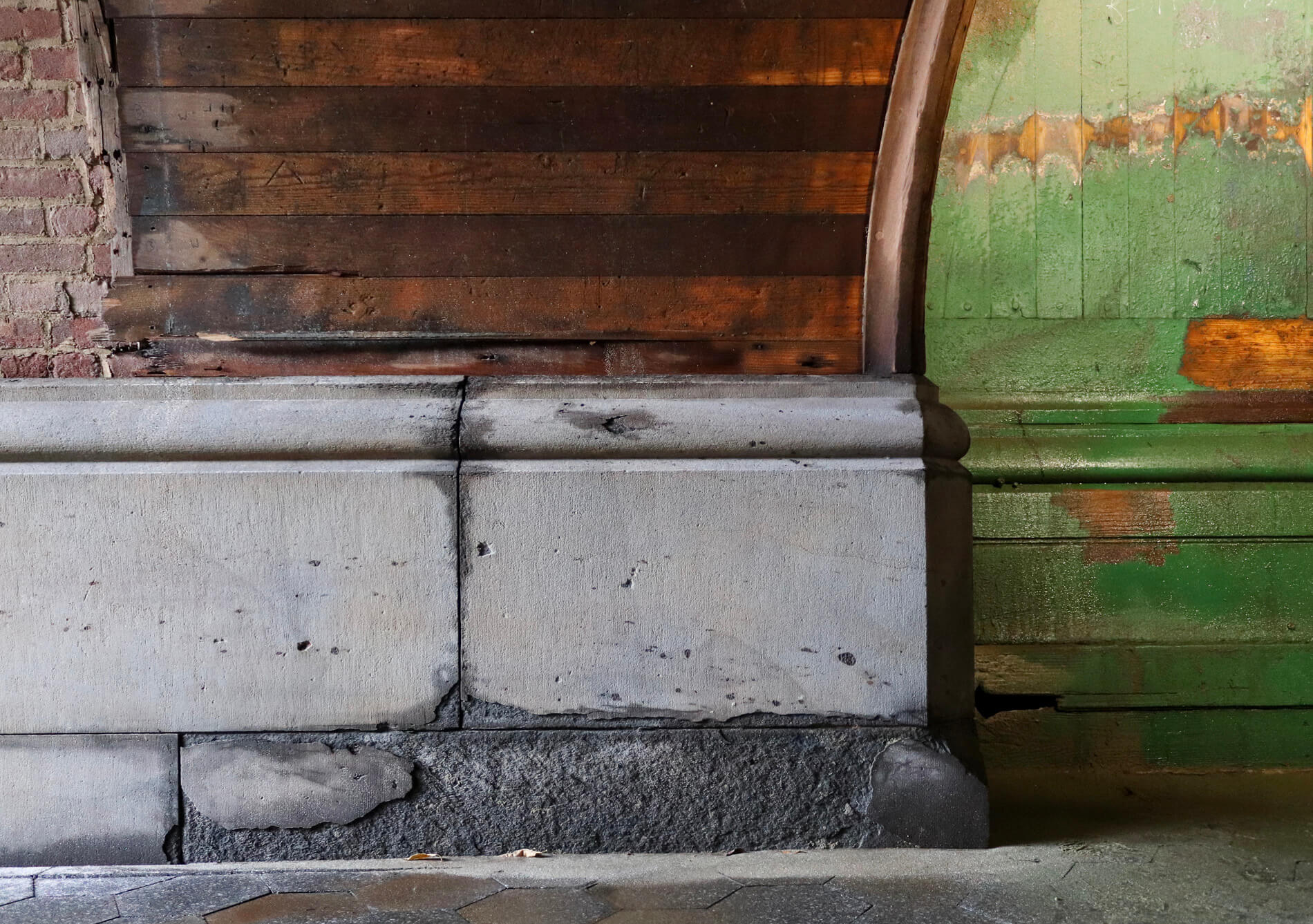
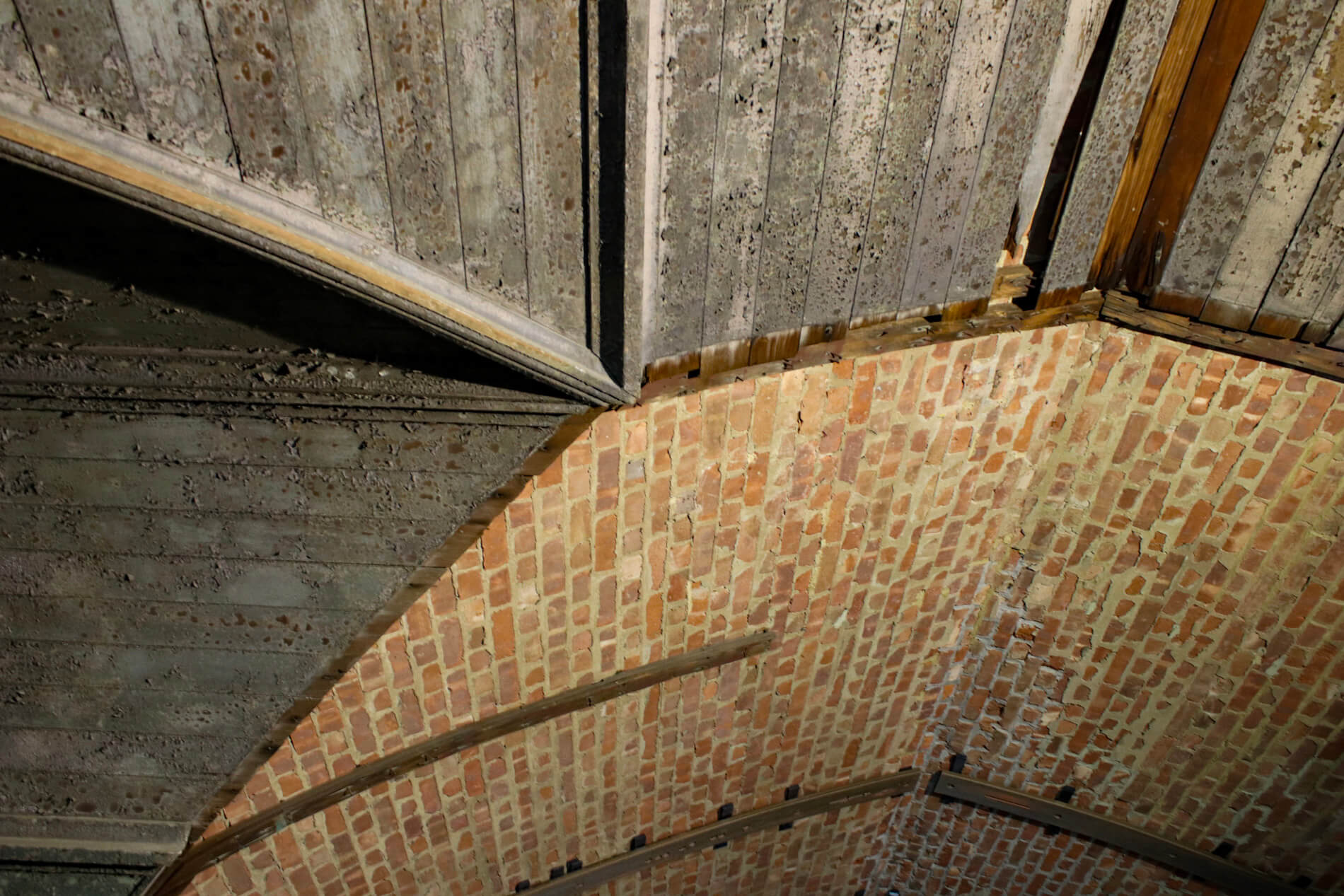
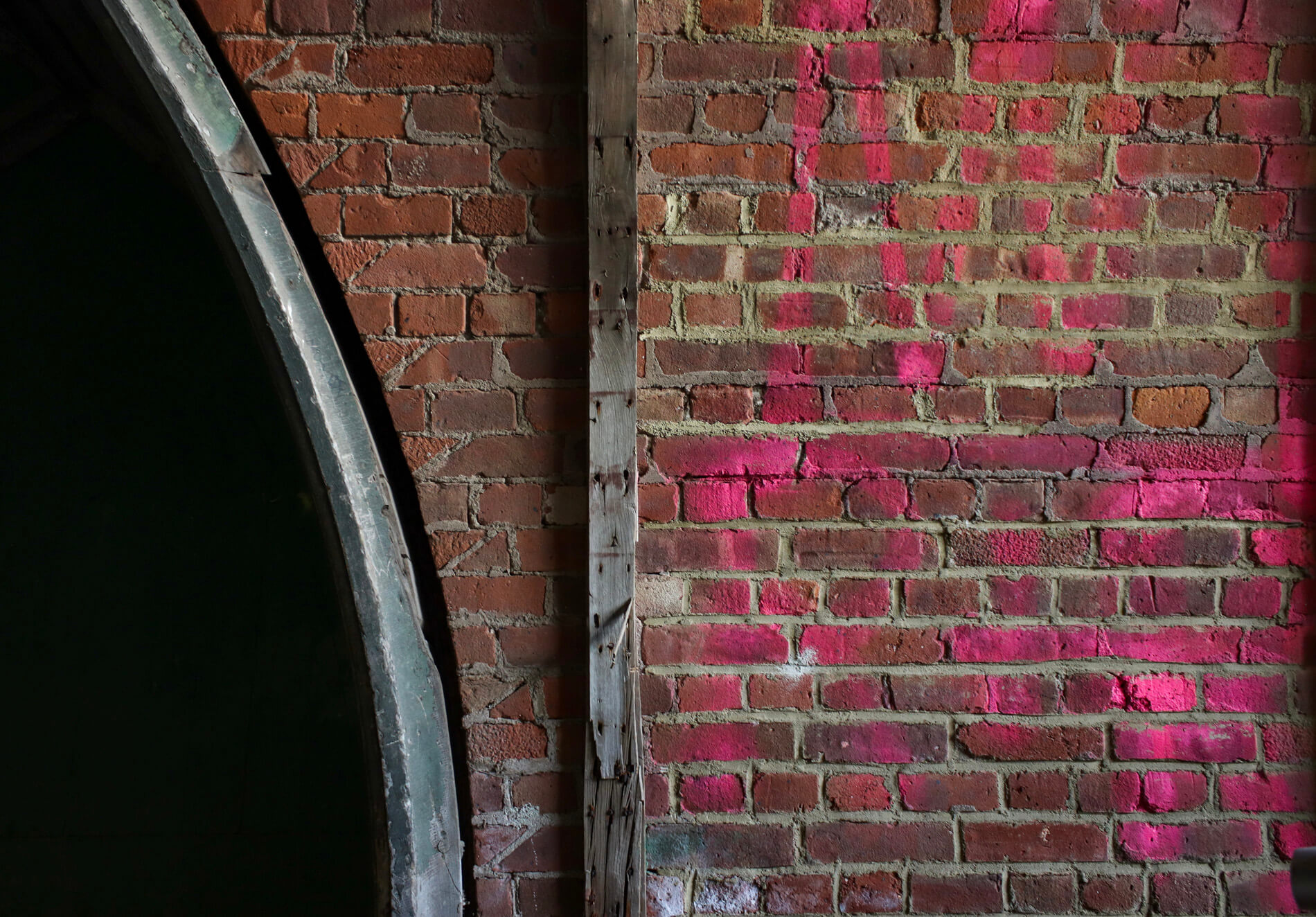
[Photos by Susan De Vries unless noted otherwise]
Related Stories
- Prospect Park’s Splendid Victorian Wellhouse Restored, Goes Green With Compostable Toilet
- Bridging Nature With New Technology: The Cleft Ridge Span of Prospect Park
- Prospect Park Transformed (Photos)
Email tips@brownstoner.com with further comments, questions or tips. Follow Brownstoner on Twitter and Instagram, and like us on Facebook.


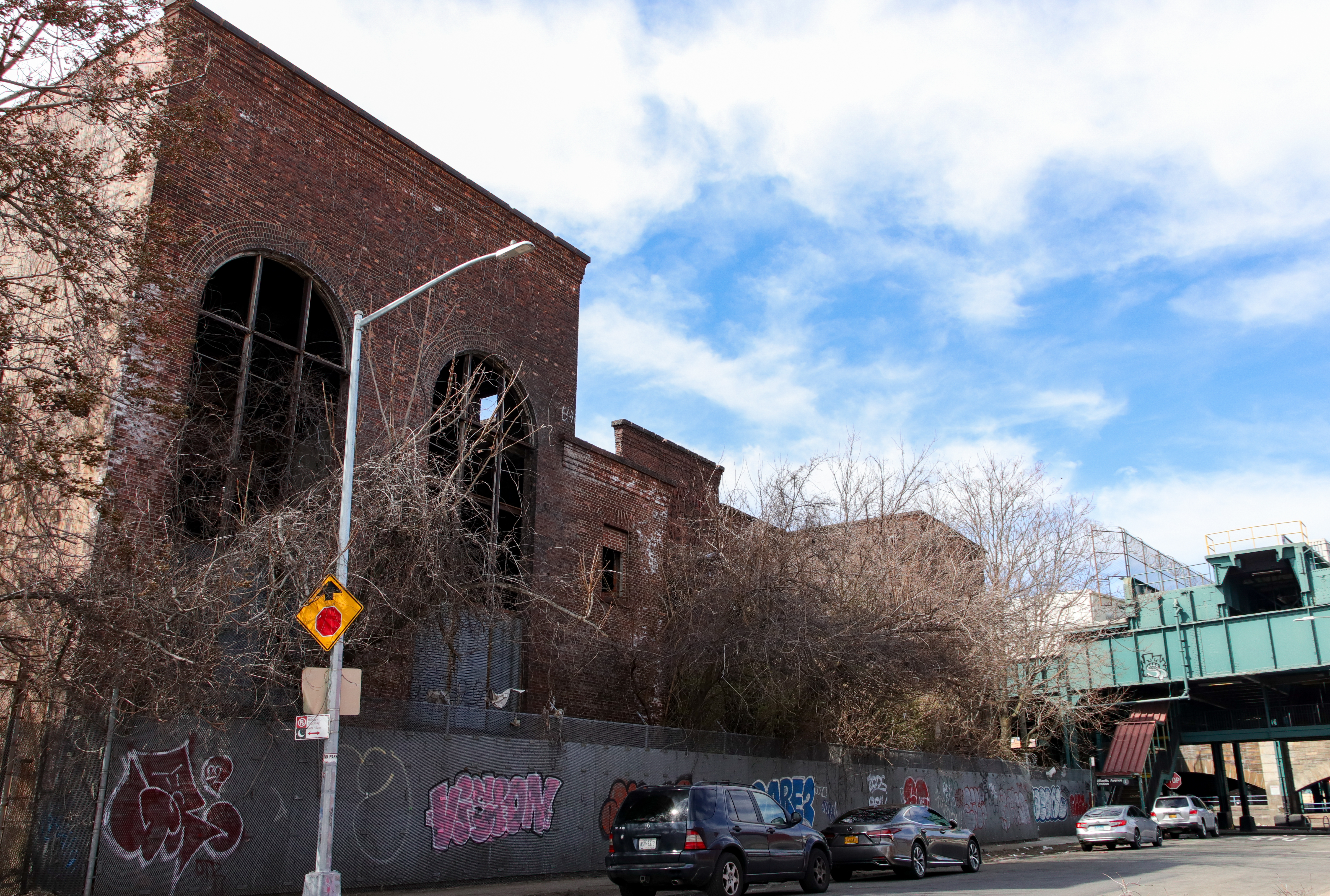

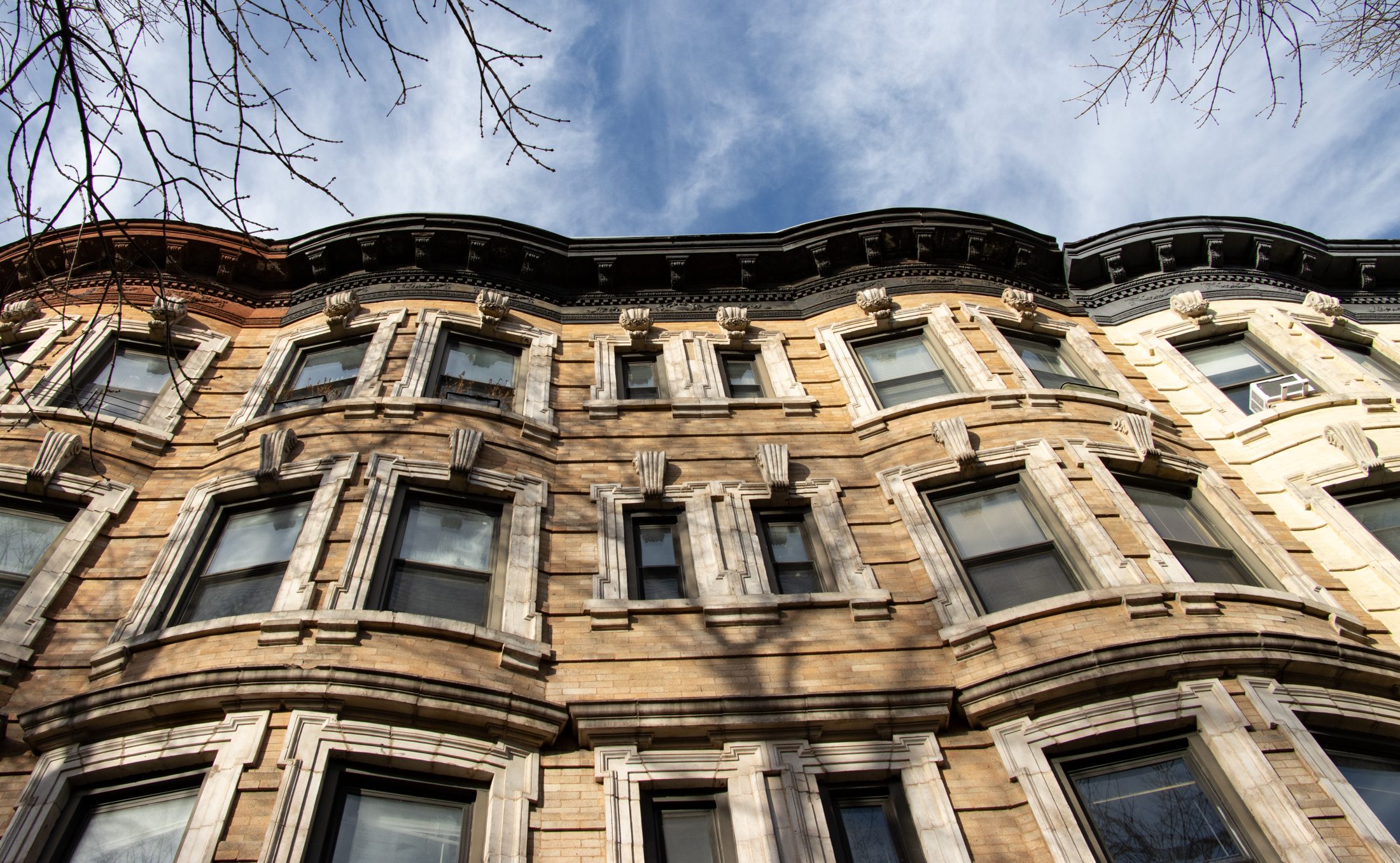




What's Your Take? Leave a Comment